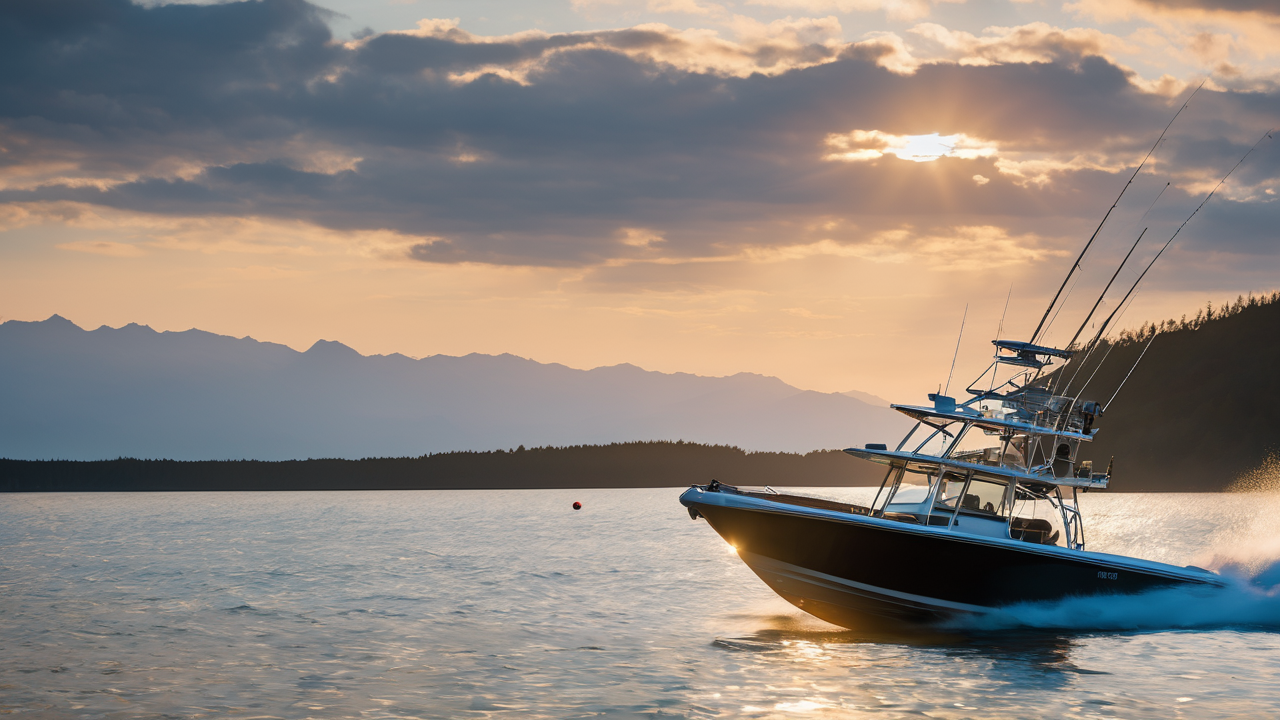Understanding the Unique Needs of Marine Walkie-Talkies
Exploring the Importance of Durability and Reliability
Marine environments can be harsh on equipment. Walkie-talkies for marine use must be tough. They need to resist water, salt, and sun damage. Durability ensures they work when needed most.

Reliability is crucial at sea. A reliable radio can save lives in emergencies. It should work in all weather conditions. Look for radios with long battery life and clear sound quality.
Waterproof ratings are important. Choose radios with IPX7 or higher ratings. These can survive accidental drops in water. Some can even float, making retrieval easier.
Tackling Communication Challenges at Sea
Communication at sea faces unique challenges. Waves, wind, and engine noise can interfere with signals. Good marine radios have noise-canceling features. They help ensure clear communication.
Distance is another challenge. Open water offers few obstacles, but Earth's curvature limits range. VHF radios are common for short-range marine use. They work well for boat-to-boat and boat-to-shore communication.
Weather can affect radio performance. Look for radios with weather alert features. These can warn you of incoming storms or dangerous conditions.
Assessing the Impact of Environment on Two-Way Radio Performance
Marine environments can affect radio performance in several ways:
- Salt water can corrode equipment
- High humidity can damage internal components
- Extreme temperatures can affect battery life
- Solar radiation can degrade plastic parts
Choose radios designed for marine use. They have special coatings and seals to protect against these factors. Some have floating designs to prevent loss overboard.
Battery performance is crucial. Cold temperatures can reduce battery life. Look for radios with lithium-ion batteries. They perform better in extreme conditions.
Key Features to Look for in Marine Two-Way Radios
Evaluating Frequency and Range for Optimal Communication
Frequency choice is important for marine radios. VHF (Very High Frequency) is standard for marine use. It offers good range and clarity over water.

Range depends on several factors:
- Antenna height
- Transmit power
- Environmental conditions
Most handheld marine radios have a range of 3-5 miles. Some can reach up to 20 miles with ideal conditions. Remember, advertised ranges are often optimistic.
Look for radios with adjustable power settings. This helps conserve battery life when full power isn't needed.
Integrating with Boating Equipment and Safety Gear
Modern marine radios can integrate with other boat systems. This enhances safety and convenience. Some features to look for include:
- GPS integration for location sharing
- DSC (Digital Selective Calling) for automated distress signals
- AIS (Automatic Identification System) compatibility
Many radios can connect to external speakers or headsets. This is useful in noisy environments. Some can even link to your smartphone for extended functionality.
Consider how the radio fits with your existing safety gear. It should be easy to use while wearing life jackets or gloves.
Navigating through Regulations: U.S. and International Standards
Marine radio use is regulated to ensure safety and prevent interference. In the U.S., the FCC oversees marine radio use. Internationally, the ITU sets standards.
Key regulations to know:
- Licensing requirements for certain frequencies
- Restricted channels for emergency and official use
- Power output limits
Choose radios that comply with these regulations. Many marine radios come pre-programmed with approved channels. This helps prevent accidental misuse.
Some countries require specific certifications for marine radios. Check local laws before using your radio in foreign waters.
Top Picks: Best Marine Two-Way Radios on the Market
Reviewing Top-Rated Walkie-Talkies for Marine Use
Several brands offer excellent marine two-way radios. Here are some top picks:

- Standard Horizon HX890: Rugged, with GPS and DSC
- Icom M25: Compact and floats with LED light
- Uniden MHS75: Affordable with good range
- Cobra MRHH350: Floating design with noise-canceling mic
These radios offer a mix of features and price points. Choose based on your specific needs and budget.
Look for radios with positive reviews from boaters. Real-world experience is valuable when choosing equipment.
The Role of Customer Feedback in Selecting Marine Radios
Customer feedback is crucial when choosing marine radios. It provides insights into real-world performance. Look for reviews from users with similar needs to yours.
Pay attention to comments about:
- Battery life in actual use
- Durability over time
- Ease of use in marine conditions
- Customer service experiences
Remember, no product is perfect. Look for patterns in feedback rather than isolated complaints.
Professional reviews can also be helpful. They often test radios in controlled conditions. This can provide objective comparisons between models.
Future Trends in Marine Two-Way Technology
Marine radio technology continues to evolve. Some emerging trends include:
- Improved battery technology for longer life
- Better waterproofing and durability
- Integration with smart devices and boat systems
- Enhanced GPS and location-sharing features
Future radios may offer better range and clarity. They might also include advanced safety features.
Keep an eye on new technologies, but don't always rush to buy the latest model. Reliability is key in marine equipment.
Consider how future upgrades might affect your choice. Some radios offer firmware updates to add new features.
In conclusion, choosing the right marine two-way radio is crucial for safety and communication at sea. Consider your specific needs, budget, and the environment you'll be operating in. With the right radio, you can stay connected and safe on the water.


